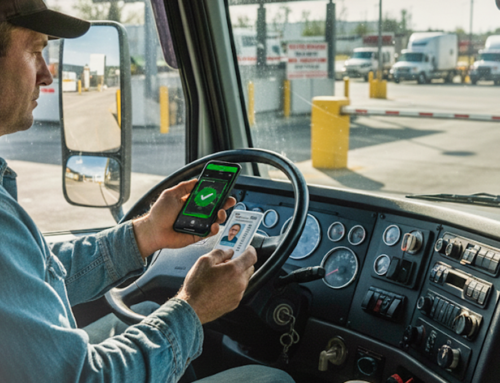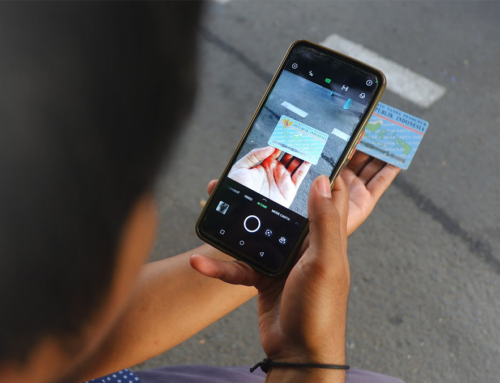As the digital world expands, it has become increasingly important to ensure that you know your customers are who they say they are. It is now commonplace to do this digitally, but what if those systems aren’t up to the task because they run on either legacy technology or third-party software? The identity verification and biometrics industry has seen a lot of changes over the years, however, one thing has become increasingly important: proprietary technology is the gold standard.
In this post, we will look at why shortlisting a 100% proprietary technology provider is critical to maximising accuracy, automation, conversion rates and customer experiences whilst minimising costs. Remember 80% of product is onboarding and getting it wrong is extremely expensive in the medium to long term.
The challenge with ID Verification
The identity verification space is a crowded one with a proliferation of new entrants and resellers in recent years. The challenges that enterprises face when they try to implement an ID Verification system can be significant including:
- Legacy Technology Stacks
- Fraud Detection
- OCR Accuracy
- Biometrics Liveness and Race Bias
- Automation
- Coverage
Challenge 1: Legacy Technology Stacks
Most IDV & Biometrics providers are now ending their first decade in operation and still utilise either inflexible legacy technologies or third-party software. This means they struggle with high failure/dropout rates and are unable to quickly and effectively rectify problems. This can lead to severe and costly issues for enterprises using such solutions.
Tip: Ask if the technology is fully in-house and the type of technology stack being used.
Challenge 2: Fraud Detection
Most IDV & Biometrics providers will claim to support thousands of documents across hundreds of countries. However, the majority of this document support is either out of date or can be limited to low-level verifications such as simple machine-readable zone checks. These types of checks cannot detect fraud and a much deeper analysis is required of security features, fonts, spacing, holograms, NFC and document liveness to detect fraud.
Tip: Ask if the IDV Provider can fully support a new document in less than 48hrs and how?
Challenge 3: OCR Accuracy
Most IDV & Biometrics providers will claim 99%+ OCR accuracy, but what do they actually mean? The majority are referring to character level OCR accuracy but this really is not important because if a single character fails, the field fails leading to incomplete profiles or rejected customers.
Tip: Request field level OCR accuracy.
Challenge 4: Biometrics Liveness and Race Bias
This is a big one, and carries potentially serious reputation and security risks. Most IDV providers will use third parties to supply their biometrics verification. The first issue is liveness detection and the ability to understand if the system is being spoofed by deep fakes, masks, videos or simple images of images. Some systems use simple technology such as random gesture-based liveness detection which is a terrible user experience and there are plenty of examples on the internet of people spoofing these systems.
The second is a more serious reputational issue for your business, and that is race bias. It has been demonstrated that there are systems that repeatedly reject people of colour because they are unable to identify and verify them.
Tip: Is the biometric technology in-house, does it deploy real AI to deliver passive and segmental liveness detection and what are the race bias statistics? Check Amani Vida to discover more about Biometric Liveness
Challenge 5: Automation
IDV & Biometrics providers have traditionally used manual verification to approve customers whilst they tried to build the AI to fully automate the process. Some even claim to now use Augmented AI which is just another way of saying we do manual verification when the system does not work.
Tip: Find out if the IDV Provider has a fully automated AI driven verification process.
Challenge 6: Coverage
There is no point in discussing conversion rates if you do not have access to the entire addressable market. This is why proprietary technology is so important in that it needs to be fully backward compatible to cover old operating systems and mobile devices. Surprisingly there is still a large segment of the population using older devices and operating systems that will struggle to run large apps. Genuine AI-based IDV and biometrics apps consume massive processing power and potentially space and struggle to run on these devices leading to high dropout rates.
Tip: Ask about the number of operating systems and devices supported and if they are running AI, and auto-capture on an SDK lower than 25MB.
Summary
Let’s be honest, you have a lot of options when it comes to choosing a provider that can help verify the identities of your customers. There are plenty of good companies out there, and also some bad ones. But whomever you choose, make sure they use the latest technology and own and control the entire stack.
About Amani
Amani is a 100% proprietary next-generation identity verification & biometrics provider. We will be happy to demonstrate how we have implemented our technology with customers that materially out-performs and out-prices the largest global IDV & Biometric providers.We invite you to reach out to Amani to learn more about proprietary ID Verification solutions.




